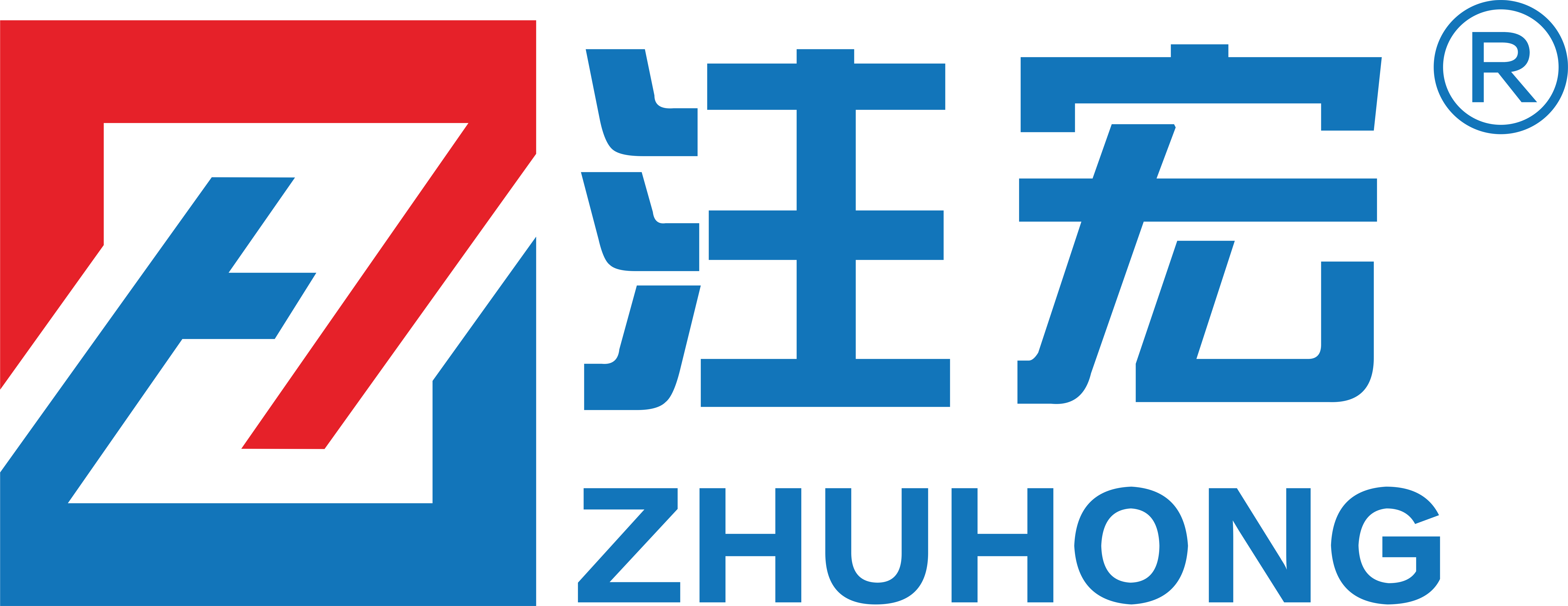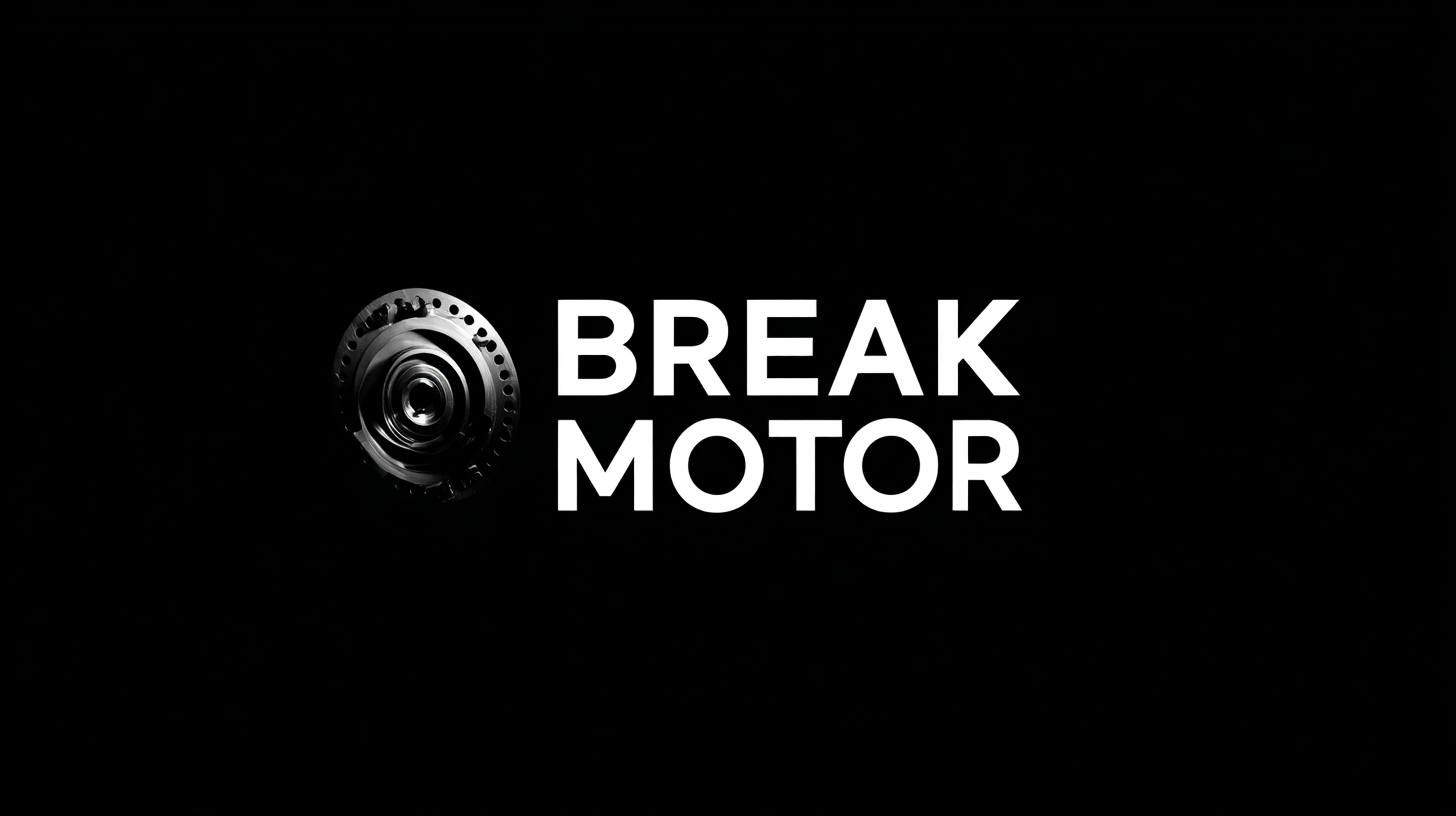Exploring Best Break Motor Applications in Industry with a Step by Step Guide
In the ever-evolving industrial landscape, the efficient use of machinery is paramount for maximizing productivity and ensuring safety, making the application of Break Motors increasingly vital. According to a recent report by MarketsandMarkets, the global electric motor market, which includes Break Motors, is expected to reach $178.25 billion by 2026, growing at a CAGR of 6.7% from 2021. This surge highlights the critical role that Break Motors play across various sectors, providing essential functions in power transmission, energy efficiency, and operational reliability. As industries strive for innovation and seamless integration of new technologies, understanding the best applications of Break Motors becomes essential. This step-by-step guide will explore the most effective applications in diverse industries, empowering manufacturers and engineers to optimize their operations and enhance machinery performance.
Understanding the Importance of Brake Motors in Various Industries
Brake motors play a crucial role in various industrial applications, ensuring safety and efficiency in operations. These specialized motors combine the functions of an electric motor and a brake, providing a compact solution that enhances performance while minimizing space requirements. In industries such as manufacturing, material handling, and transportation, brake motors are essential for controlling the precise stopping and positioning of machinery, which is vital for maintaining productivity and preventing accidents.
Understanding the importance of brake motors extends beyond their mechanical function; they also contribute significantly to energy efficiency. By integrating braking systems directly with the motor, industries can reduce energy wastage during braking processes. This not only leads to lower operational costs but also supports sustainability goals by reducing the overall carbon footprint.
Moreover, the reliability of brake motors in harsh environments makes them indispensable in sectors like mining and construction, where durability and safety are paramount. The evolution of brake motor technology continues to influence industrial standards, driving innovation and improving operational efficiencies across the board.
Common Applications of Brake Motors in Manufacturing Processes
Brake motors play a crucial role in various manufacturing processes, offering precise control and safety in operations. One of the most common applications of brake motors is in conveyor systems, where they facilitate seamless movement of materials and products. The ability of brake motors to engage and disengage quickly ensures that items can be positioned accurately, which is essential for assembly lines and packaging processes. This reliability decreases downtime and enhances productivity, making brake motors a preferred choice for many manufacturers.
Another significant application is in metal working machines. These machines require swift stopping and starting capabilities to manage complex machining tasks without compromising safety. Brake motors provide the necessary torque and braking force, allowing for precision in movements like cutting, drilling, and shaping materials. Additionally, industries utilizing cranes and hoists also benefit from brake motors, as they ensure safe lifting and lowering of loads. The integration of brake motors in these systems not only enhances operational efficiency but also ensures compliance with safety regulations, making them indispensable in modern manufacturing environments.

Step-by-Step Guide: Selecting the Right Brake Motor for Your Application
When selecting the right brake motor for your application, the first step is to assess your specific needs. Begin by understanding the load requirements and the operating conditions. Consider elements such as the motor's torque, speed, and the type of load it will be working with. This foundational knowledge will guide you in determining the specifications necessary for optimal performance in your industry setting.
Next, evaluate different brake motor types and their suitability for your application. There are various designs available, including DC, AC, and synchronous motors, each offering distinct advantages depending on the operational environment. Ensure to review factors such as friction type, braking performance, and response time. Engaging with manufacturers or suppliers can provide valuable insights and allow you to compare features effectively. This structured approach will help in making an informed choice that aligns with your operational demands and enhances efficiency.
Industry Standards and Regulations for Brake Motor Use and Safety
When it comes to brake motors in industrial applications, adhering to industry standards and regulations is crucial for ensuring safety and efficiency. Different sectors, including manufacturing and construction, have established comprehensive guidelines that dictate the safe use of brake motors. For instance, the National Fire Protection Association (NFPA) and the Occupational Safety and Health Administration (OSHA) provide regulations to minimize hazards associated with electric motors, emphasizing the importance of proper installation and regular maintenance.
Understanding these standards is essential for engineers and safety officers when selecting and implementing brake motors. Compliance with regulations often involves rigorous testing and certification processes, which ensure that the motors can withstand conditions they will encounter in real-world applications. Additionally, operators must be trained in safety protocols, including emergency shut-off procedures and regular inspection schedules. By prioritizing these regulations, industries can not only enhance operational reliability but also protect workers and minimize risks associated with motor failures.
Best Brake Motor Applications in Industry
This chart illustrates the distribution of different brake motor applications across various industries, highlighting the most common uses and their respective market shares.
Future Trends in Brake Motor Technology and Their Industrial Applications
As industries continue to evolve, the trend towards
smarter and more efficient brake motor technologies
is becoming increasingly pronounced. The integration of
IoT and advanced control systems is revolutionizing how brake motors operate in factories and manufacturing plants.
These technologies not only enhance performance but also provide critical data analysis that allows for
predictive maintenance, reducing downtime and operational costs.
Tip: When selecting brake motors, consider those equipped with
smart sensors that can monitor performance metrics in real-time, enabling better decision-making and process optimization.
Looking to the future, advancements such as regenerative braking systems and the incorporation of
artificial intelligence in brake motor design are likely to reshape industrial applications.
These innovations promise improvements in energy efficiency and overall system effectiveness, making operations more sustainable.
Tip: Stay ahead by advocating for the adoption of next-gen brake motors in your facility—this foresight not only positions your business as a leader in sustainability but also prepares it for compliance with future regulations.











